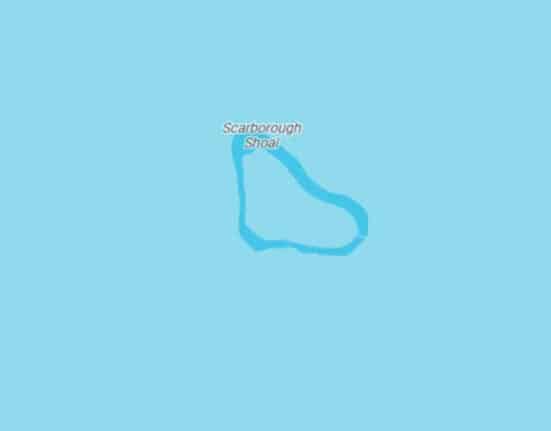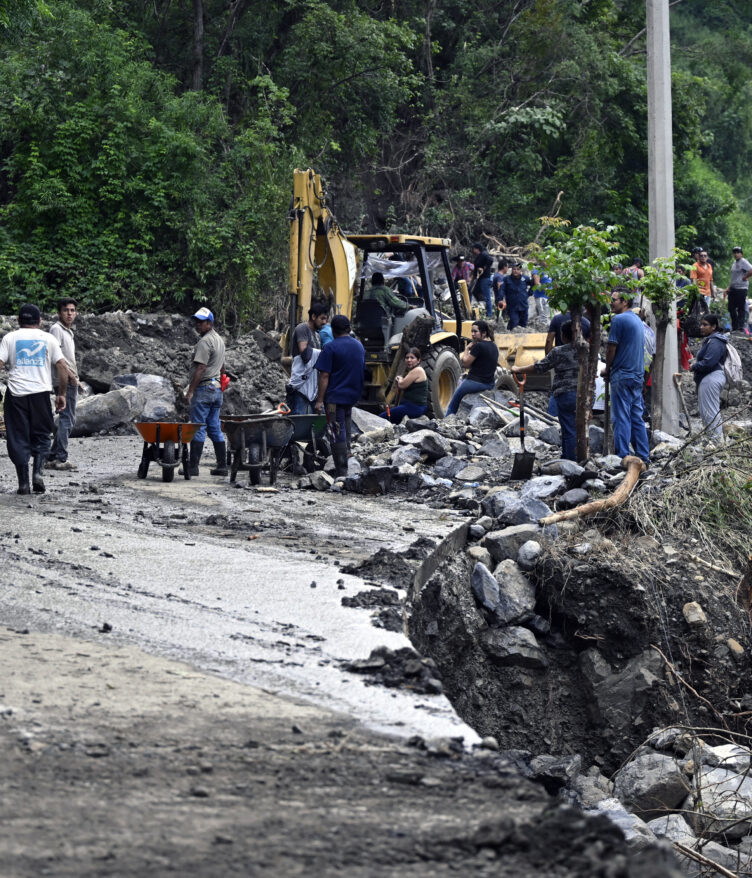ON Wednesday, Filipinos were outraged once more when rumors surfaced that the “West Philippine Sea” (WPS) label in the worldwide mapping platform Google Maps had vanished again.
Just a few weeks ago, Google Maps delighted Filipinos by finally putting the right name on the Philippines’ exclusive economic zone (EEZ), which was praised by the country’s security specialists.
This is owing to the fact that the presence of the WPS label on the global mapping platform demonstrates that even foreign communities accept the Philippines’ territorial claims in the said area.
A territorial claim that is strongly supported by the United Nations Convention on the Law of the Sea. However, as of last night, the label was no longer visible in the western part of the country and appeared simply as a pin.
Is It There?
On April 15, a Google official confirmed to the media that the WPS label has always been there and was only made more prominent when zooming in and out on Google Maps.
“The West Philippine Sea has always been labeled on Google Maps. We recently made this label easier to see at additional zoom levels,” the spokesperson told the media.
During that time, the WPS was plainly visible and located west of the Philippines, with the “South China Sea” naming slightly moved to the northwest on the mapping platform.
Dr. Chester Cabalza, founder and president of the International Development and Security Cooperation, added that it was encouraging to see that the label had finally been pressed.
“The presence of the West Philippine Sea on Google Maps is a great manifestation that the world recognizes our UNCLOS-backed territorial claims,” Dr. Cabalza told a media. “It brings back the same joy and enthusiasm when we won the arbitral award in July 2016.”
Gone Again?
The naming appears to have been removed, however if one zooms in on the same region where the WPS naming was, an outline and the name of Scarborough Shoal can be seen in the general position.
Meanwhile, a netizen tried to explain why the naming continues to be modified. According to her, notwithstanding how wonderful it was to place WPS over the maritime area, Google is still not an adjudicator.
“Simply because again, Google is not an adjudicator nor an intergovernmental organization that coordinates and sets global standards for hydrography, maritime navigation and nautical charting,” the netizen said.
“Walang kinalaman sa IHO-IOC o ITLOS. Every Google user can edit on the Google Maps platform just for our visuals. Open-source lang ‘yan, at hindi international arbitrator. Lahat may ability na mag-edit d’yan,” she added.
The term “West Philippine Sea” was first used in 2011 by late President Benigno Aquino III to refer to the maritime territories on the western edge of the country’s 200-nautical-mile EEZ.
In 2012, Aquino issued an administrative order that formally adopted the term West Philippine Sea. During this time, Manila also launched an arbitration process to challenge Beijing’s claims to practically the entire South China Sea.
Four years later, in 2016, the Permanent Court of Arbitration in The Hague overturned China’s dash-line claim. However, Beijing continues to flout the ruling to this day, sticking around the WPS.
How useful was this post?
Click on a star to rate it!
Average rating 0 / 5. Vote count: 0
No votes so far! Be the first to rate this post.
We are sorry that this post was not useful for you!
Let us improve this post!
Tell us how we can improve this post?









